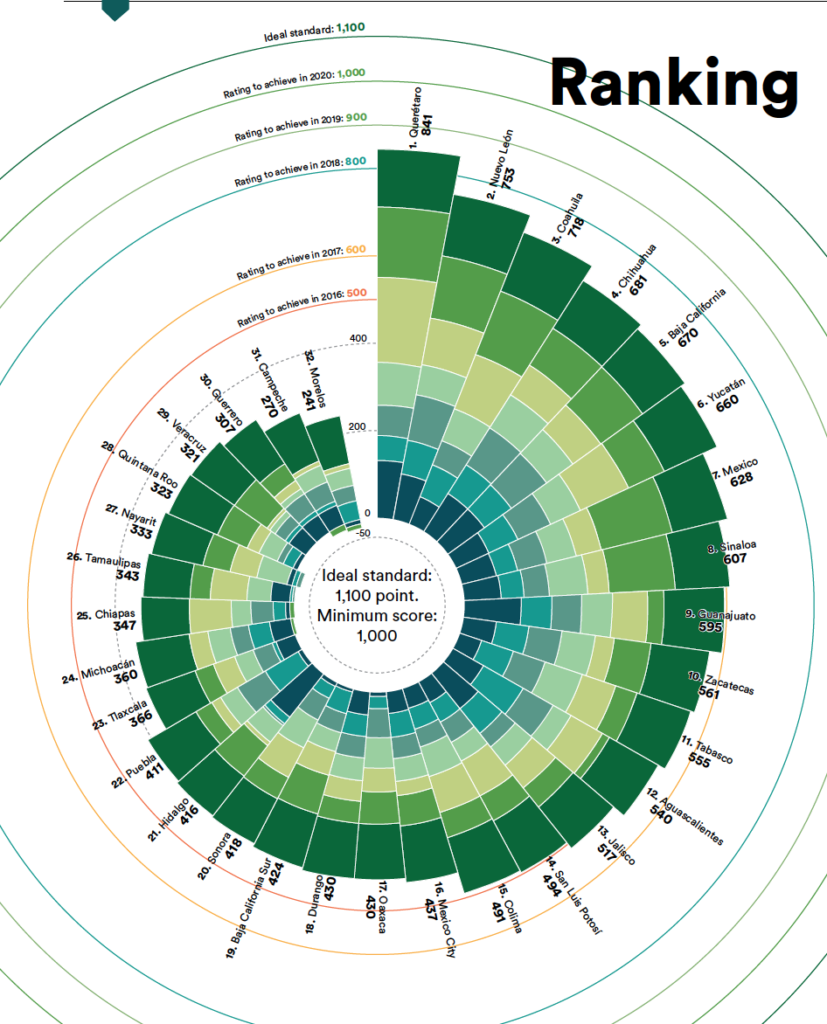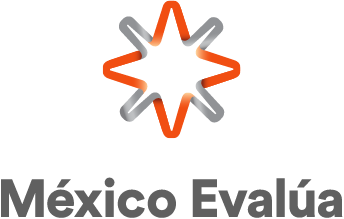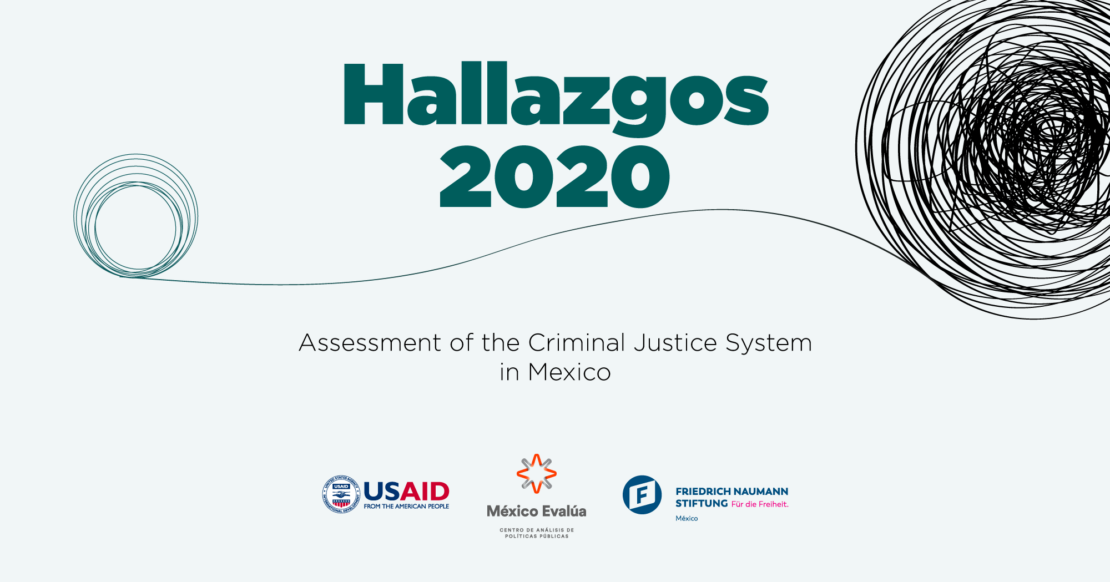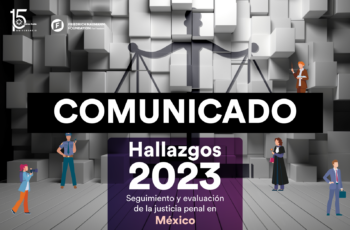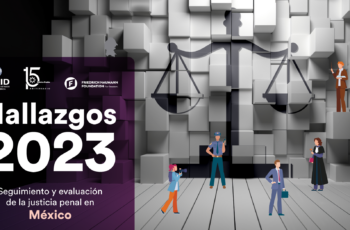Hallazgos 2020. Assessment of the Criminal Justice System in Mexico
Five years after the national entry into force of the criminal justice system (CJS) reforms in Mexico, its consolidation still seems premature and under a constant construction process. Certainly, special conditions occurred in 2020 that affected the functioning of the system: the Covid-19 health emergency, the extension of the list of crimes warranting mandated pretrial detention, the rise in crime rates relating to homicides and violence against women, the elections held for a large number of federal and local government positions, and the issuance of new organizational legal frameworks for the Attorney General’s Office and the Federal Judiciary.
In this context, two paths towards the transformation of the justice system start to stand out: the one followed by federal institutions and that of the federative entities. On the one hand, there was a reluctance on behalf of federal institutions, during the timeframe of this study, to provide information and align their structures with the adversarial system framework. The organic regulations of the Attorney General’s Office and the Federal Judicial Branch are clear examples, as they have reaffirmed legal practices based on case files in their new legal frameworks, instead of transitioning towards a hearing-based logic. On the other hand, we have identified, at various levels, efforts made in some federative entities to deepen the logic imposed by the adversarial system, while in others, a trend towards stagnation is observed.
This scenario leads us to suggest the convenience of discovering and disseminating best practices at a state level; to connect and build networks of local justice system operators and involve more stakeholders that are acquainted with and support transparent and efficient justice institutions. If we strengthen the system reform at the state level, it will have an impact at the federal level at some point. We must remember that the root of the criminal procedure reform is in the states, where it started an unstoppable movement and propelled its recognition by the authorities. The path towards consolidation seems to lead back to the states, where we can find higher levels of innovation and better results.
Since the first edition of Hallazgos, we have also observed a change towards a more comprehensive and systemic perspective in which each institution becomes aware of the impact of its results in the work undertaken by other operators. However, paradoxically, in the last year we have also witnessed how the bodies in charge of coordinating system stakeholders have lost their momentum, to the point where some states have all but disappeared and, when it comes to the federal level, have gone idle.
As with prior editions, we have used the methodology based on the analysis of determining and enabling factors, and results, and the quality test that we launched in 2019, and that has become a report issued separately as of this year. Meanwhile, in our constant pursuit of improvement, we have incorporated two additional tools into our methodology for the purpose of quality assessment, which allow for the analysis of criminal proceedings, from start to finish, through the observation of hearings and judicial sentences.
Furthermore, this document includes a chapter on citizen perception and understanding of criminal justice system bodies, as a carrier of a tool for measuring the impact that the CJS has had, 13 years after its creation. Thus, we developed a general open survey (Encuesta a población abierta 2020) based on the comparison between the National Survey on the Criminal Justice System, conducted by, what was then known as, the Technical Secretariat of the Coordination Council for the Implementation of the New Criminal Justice System (Setec, in Spanish) in 2012. As that contrast became evident, we were able to determine if citizens’ understanding had evolved in terms of their rights, the reform and justice bodies, and the level of trust in the transformation and the functioning of the system.
We have also added a gender-based approach regarding judicial bodies’ operations, which goes through most of the analysis and is complemented with a specific section in the Results chapter. This section highlights that within those bodies, as well as when it comes to users, whether as defendants or as victims, there exists a bias that allows for the violation of women’s rights. A justice system with a gender-based approach is a system that is able to make this issue visible and address it.
Finally, and as it was done in Hallazgos 2019, the penitentiary subsystem was included throughout the study, as the scenario would be left incomplete without the current situation regarding prisons in Mexico. Noting, all the while, that the agencies belonging to this particular subsystem are the ones that provided less information by means of transparency requests.
Considering we do not only seek to portray and analyze the current situation of the different bodies that are a part of the Mexican criminal justice system, we wrap up this year’s edition of Hallazgos with a series of specific recommendations that could be considered by authorities, as well as the stakeholders that are not traditionally considered as part of the system, but that are key for the sustainability of the changes made, such as the media, civil society organizations, and universities, to mention but a few.
